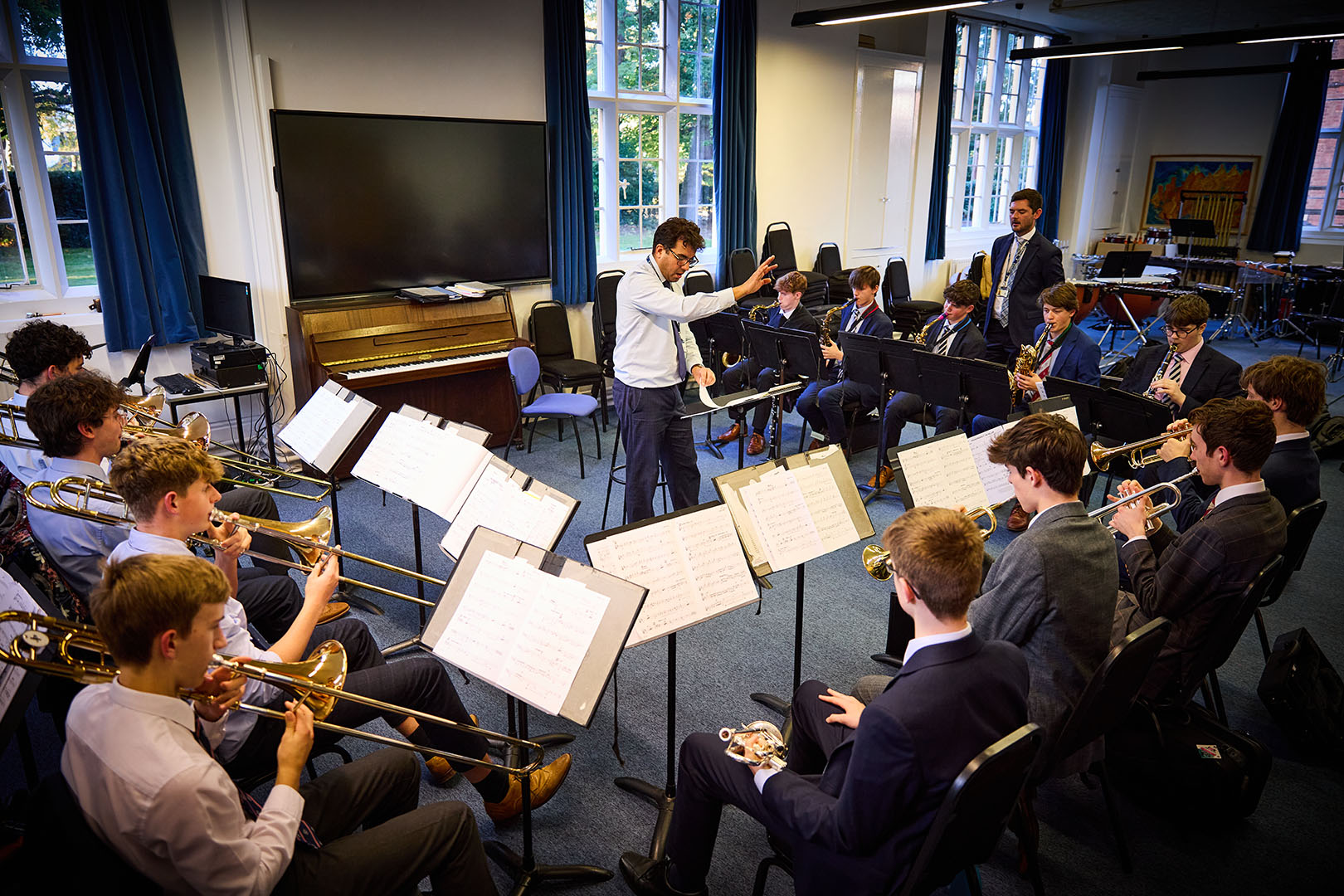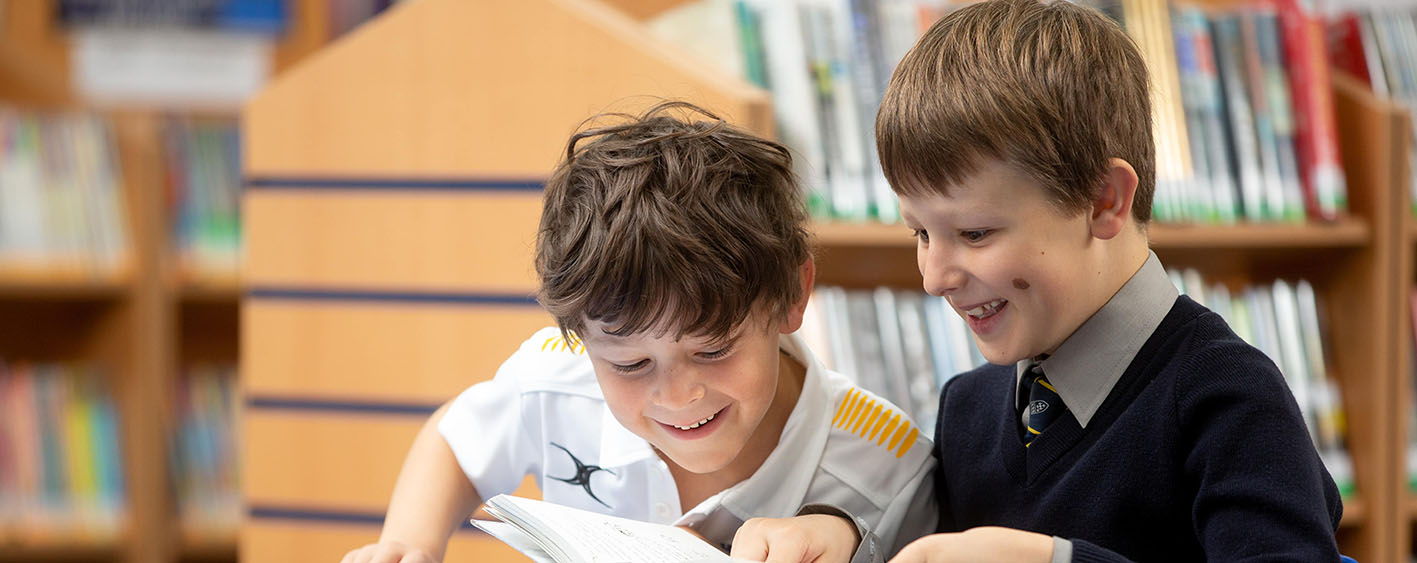Smartphones
At Warwick School, we believe in the vital importance of connection, belonging, and relationships. We know that young people thrive and flourish without the constant presence of smartphones and social media.
Our priority is to support students in building meaningful, in-person relationships with their peers. A phone-free environment fosters a sense of community, enhances focus, and supports personal growth. We are committed to providing a setting that nurtures the holistic development of our students, free from the distractions of smartphones.
Senior School
In 2024, we introduced lockable, signal-blocking Yondr pouches for all pupils in Years 7–11. These pouches are provided by the school. Each morning, students lock away their phones under the supervision of form tutors. On their way home, students unlock their pouches at stations located at exit points.
Our Sixth Form students may access their phones within the Sixth Form Centre and are not required to use a Yondr pouch. We work closely with them to help develop positive and balanced habits around phone use.
It is important to note that no student is required to bring a phone to school. A growing number of pupils are choosing not to do so. From September 2025, students in Years 7–11 will also not be permitted to bring smartwatches to school.
Removing phones from the school day enables pupils to focus more effectively on their learning and encourages in-person social interaction rather than virtual engagement. After carefully evaluating the available options for creating a phone-free environment, we remain confident that the Yondr system is the most effective solution for fostering a focused, connected, and distraction-free school experience.
Junior School
Pupils in Years 3-6, should not bring smartphones or smartwatches that are capable of internet connection into school. For pupils travelling by bus, a mobile phone may be a sensible addition, but this does not need to be a smartphone. All phones are handed in to the Junior School Reception on arrival and may be picked up at the end of the day.
The Broader Question of Smartphone Ownership
The wider question of whether to give your child a smartphone is complex. While the risks of smartphone use—such as impact on sleep, concentration, increased access to social media, and mental health—are increasingly well understood, there are also legitimate reasons why parents may choose to provide one. These include:
- Independent travel: Smartphones can support safety through GPS and transport apps.
- Medical needs: Some devices are linked to health-monitoring technology (e.g., insulin monitors).
- Split households: Phones may ease communication between children and parents across different homes.
What matters most is that the decision to provide a smartphone is made consciously, weighing both the benefits and the risks.
Five Tips Before Buying Your Child a Smartphone
- Assess the Need
Consider whether your child needs a smartphone for safety, communication, or social reasons. Would a basic phone or GPS tracker be enough? Understanding the primary purpose of the device can help you determine if a smartphone is necessary. - Be Informed
Understand the growing body of research linking smartphone use to issues like poor sleep, lower concentration, and mental health concerns. - Talk Openly
Involve your child in the decision. Listen to their perspective and explain your concerns. - Evaluate Maturity
Reflect on whether your child is ready for the responsibility. Include them in the conversation and educate them about the advantages and disadvantages of smartphones. Can they follow rules, manage their time, and understand online privacy? - Consider Alternatives
Devices such as ‘dumbphones’ or Air Tags can offer safety and communication without the distractions and risks of smartphone access.
If you do decide to provide your child with a smartphone - or they already have one - it is essential that you manage their relationship with their device.
Five Tips If Your Child Already Has a Smartphone
- Set Parental Controls and Agree Checks
Use built-in safety features and third-party tools. Regularly review their phone usage. Remember that young people are increasingly good at circumventing any controls put in place and will often create hidden social media accounts. - Limit Screen Time
Agree on daily screen time boundaries to promote balance and prevent overuse. - Protect Sleep
Establish screen-free time before bed and remove phones from bedrooms overnight. Sleep is essential for wellbeing, and reducing nighttime screen use is one of the most effective interventions. - Create Tech-Free Zones and Times
Make mealtimes screen-free and plan screen-free family activities to encourage real-world connection. Consider having the occasional family ‘screen detox’ and/or social media holiday. - Promote Good Digital Citizenship
Help your child understand the importance of respectful online behaviour, the permanence of digital footprints, and how to deal with online negativity.
Regardless of your decision about smartphone ownership, we recognise that smartphones and social media are a part of modern life. Our aim is not to shelter students indefinitely, but to support them in becoming digitally literate, self-aware, and responsible users of technology.
Limiting screentime whether through outright bans or restrictions does not remove the need for them to be digitally literate so that they make informed choices about their relationship with technology and social media. That is why our restrictions on phone use at Warwick School are complemented by a strong commitment to educating young people about digital wellbeing. We also encourage parents to model a healthy relationship with their own devices and stay informed about the digital landscape.
Further Reading
- Jonathan Haidt – The Anxious Generation
- Johan Hari – Stolen Focus
- Dr Kaitlyn Regehr – Smartphone Nation






















